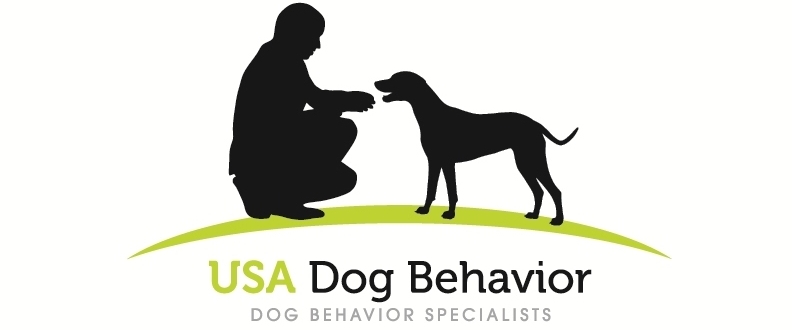The Hidden Lives of Aggressive Dogs: Are They Really Happy?
Average Reading Time: 1 minute, 53 seconds
© Scott Sheaffer, CBCC-KA, CDBC, CPDT-KA, USA Dog Behavior, LLC
“As pet owners, our responsibility extends beyond providing physical care for our dogs.”
Our pets are an integral part of our lives. Their happiness and wellbeing are often tied to our own. But what happens when our canine companions display aggressive behavior? Is it merely bad behavior or is there more to it? This is the topic of my latest podcast episode with the same title on Dog Aggression Answers podcast. This short article provides a summary of this episode.
The latest episode of our podcast, Dog Aggression Answers, seeks to shed light on the misunderstood side of dog aggression. Contrary to common belief, aggressive behavior in dogs is not an innate trait but often a symptom of a deeper emotional struggle. Dogs, like humans, have emotional lives and their behaviors often mirror the emotional states they are experiencing inside.
Dogs express fear and anxiety in several ways, with aggression being one of the most visible manifestations. Barking, growling, lunging, or biting are not just signs of an ill-mannered pet, but could be cries for help from a distressed animal. Aggression in dogs is primarily a fear-based response, aimed at keeping perceived threats at bay.
A deeper understanding of the emotional lives of dogs reveals parallels with human emotional experiences. Fear and stress can significantly impact behavior and overall health in both species. Neurotransmitters and hormones regulating emotional and mental lives in dogs are almost identical to those found in humans. Moreover, behavioral medications used to treat problematic behaviors in dogs and humans are often the same, indicating similarities in the underlying issues.
The physical layout of the canine brain also shows remarkable resemblance to the human brain, further strengthening the theory that dogs do have emotional lives. MRI studies show that stimuli applied to dogs and humans light up the same regions in their brains, providing compelling evidence that dogs experience emotions, including anxiety, depression, panic, and phobias, similar to humans.
The impact of stress on a dog's health cannot be overstated. Chronic exposure to triggers of fear and stress can lead to an overproduction of the stress hormone cortisol, similar to humans. Moreover, dogs with fear and anxiety can experience hypervigilance, a state of constant alertness for potential threats. This condition can be both stressful and exhausting for dogs, affecting their emotional wellbeing and making behavior modification more challenging.
Addressing aggression in dogs goes beyond simply addressing the outward manifestations of fear. The key to transforming aggressive behavior lies in improving the emotional wellbeing of our canine companions. This approach not only mitigates the aggression but also enhances the overall happiness and comfort of our pets.
As pet owners, our responsibility extends beyond providing physical care for our dogs. Ensuring their emotional wellbeing is equally important. Understanding the emotional distress underlying their aggressive behavior is the first step toward helping them lead happier, more comfortable lives. It's not just about stopping your dog's aggression, but about improving their emotional wellbeing, as well.

